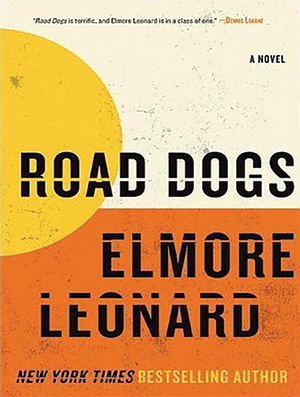He could hear it coming up from behind him, maybe a block away, the basso thump of hip-hop. As the car pulled level on his left, he didn’t look, just stood at the light, waiting for the change. Damn, it was loud.
“Fuck Donald Trump, Fuck Donald Trump, Fuck Donald Trump” — loud enough to melt asphalt, loud enough to rattle window glass. Was he hearing that right? Yes, he was. He turned and looked at the driver, a Black guy in a black beret who looked back at him. He stuck up his thumb and nodded. The Black guy laughed and pulled off, nodding, “Fuck Donald Trump” fading in the afternoon glare. A Black guy, a white guy, a bonding moment. America the beautiful.
At home, he googled “hip hop song Fuck Donald Trump” and found it on Wiki: “‘FDT’ (‘Fuck Donald Trump’) is a protest song by YG featuring Nipsey Hussle, and is the second single from the album Still Brazy. The song is a criticism of the policies of the Republican candidate in the 2016 U.S. presidential election.”
A criticism? No kidding.
The white guy was semi-retired, a former editor who still wrote a column for a local rag. The incident at the light at Belvedere and Peabody stayed with him, the sequence of his reactions — his irritation at the throbbing beat, his nervousness when the car pulled up and stopped, the aha moment when he got the lyrics, felt sympatico, turned, and smiled. Maybe the dude was hoping to piss him off? If so, it backfired. Or maybe he was conducting a survey, taking the pulse of Memphis. He got one old white guy to give a thumbs-up to “Fuck Donald Trump,” if so. Or maybe he just hates Donald Trump and doesn’t care what anybody thinks.
Who knows? Didn’t really matter. The editor had been reading a lot of crime fiction by Elmore Leonard, the “Dickens of Detroit,” who wrote about loan sharks, bad cops, hustlers, strippers, blackmailers, bookies, debt collectors, and other assorted American lowlifes in such novels as Get Shorty, Maximum Bob, Road Dogs, Hombre, Out of Sight, and Killshot. The guy knew how people talked, how to tell a story with dialogue without a lot of writerly “hooptedoodle.” That’s what Leonard called it in an interview. “Just try to keep it moving without showing off,” he said.
Other Leonardisms: “Never open a book with weather; never use a word other than ‘said’ to carry dialogue; avoid detailed descriptions of characters; try to leave out the parts that readers skip.” In other words, cut to the action and the dialogue, which Leonard did, and which is why so many of his books got made into movies.
He really only had one plot: A bunch of money exists somewhere and various characters fight to get it, overcoming conscience if they have any, cutting straight to the chase if not. Death steps in, takes out a character now and then, disappears, returns. Life is a hustle. There are no heroes or villains, just some people you might like better than others.
How would Leonard have written about the encounter at at that Midtown corner? Hard to say, but for one thing, his character wouldn’t have been an editor; he’d have been a sleazeball bail bondsman or some such and would have gotten into the car, fired up a joint, and ridden off into a novel called FDT.
And now that he thought about it, there has never been a more perfect Elmore Leonard character than Donald Trump, a man with the soul of motel furniture: the orange makeup, the absurd comb-over, the sleazy grifts, shady lawyers, porn stars, foreign nationals, crappy steaks, real estate cons, the fake university, the phony charity — all pieces of an amoral, lifelong quest for money and power. And imagine what Leonard could have done with Rudy Giuliani, Roger Stone, Ivanka and Jared, Melania Trump, Walt Nauta. Subplots galore! The dialogue? Done and done. FDT writes itself.
“He could hear it coming up from behind him, maybe a block away, the basso thump of hip-hop. As the car pulled level on his left, he didn’t look, just stood at the light, waiting for the change. Damn, it was loud. He turned finally and gazed into the car, the driver motioning for him to get in. ‘What the hell does Rudy want?’ he thought.”


